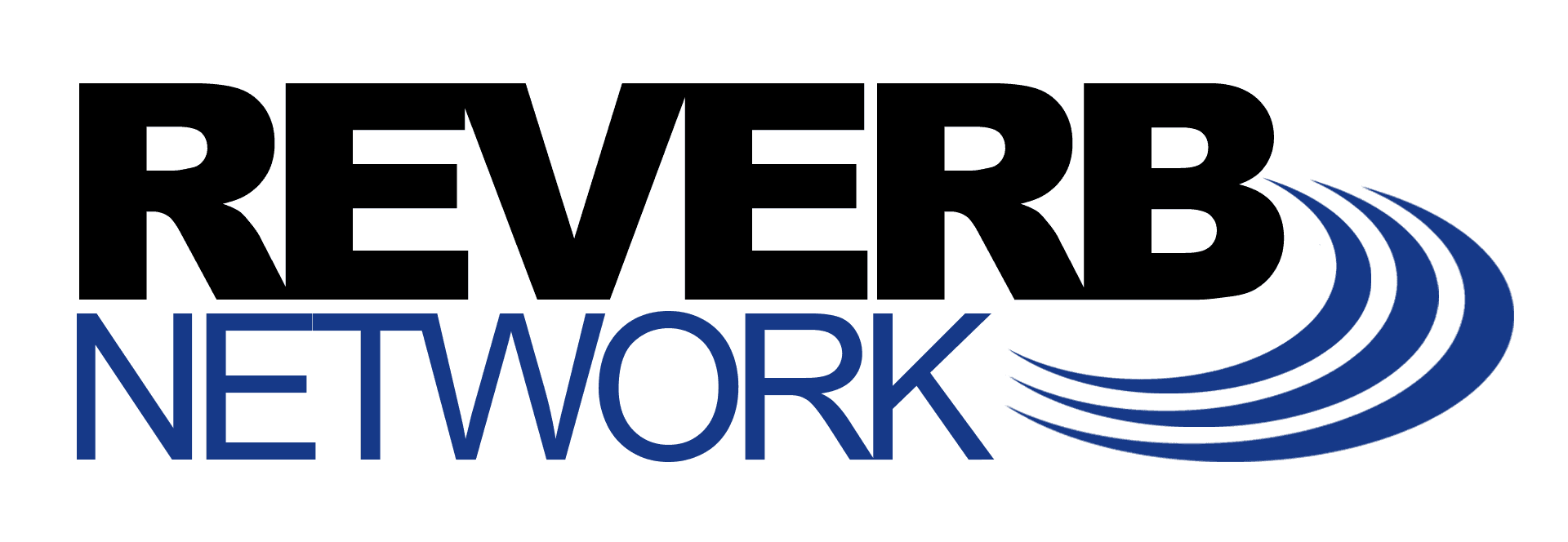Implementing Leadership Development
“And the things you have heard me say in the presence of many witnesses entrust to reliable people who will also be qualified to teach others.” (2 Timothy 2:2)
There’s no success without a successor! Implementing leadership development allows an organization to grow and expand as an army of leaders is raised and equipped.
Leadership development is a process of advancing individual leaders’ knowledge, skills, and abilities within an organizational setting. It emphasizes activities designed to enhance the collective capacity of groups/organizations to carry out leadership tasks and functions. Leadership development can be defined as the expansion of an organization’s capacity to produce
direction,
alignment, and
commitment by developing leaders at all levels within an organization.
Direction and alignment because over time vision leaks and organizations experience drift. Authors Peter Greer, Chris Horst, and Anna Haggard in their book—Mission Drift—contend that “Without careful attention, faith-based organizations will inevitably drift from their founding mission.” They believe that “Mission True organizations know why they exist and protect their core at all costs. They remain faithful to what they believe God has entrusted them to do. They define what is immutable: their values and purposes, their DNA, their heart and soul.” It takes leadership to ensure an organization’s direction and maintain alignment with its original values and mission.
Commitment
because those who are developed as leaders in an organization will take ownership of the vision, values, and mission.
Developing leaders ensures an organization’s long-term growth and viability, leaving a legacy for the next generation.
[Next week we will discuss key principles of effective leadership development.]














